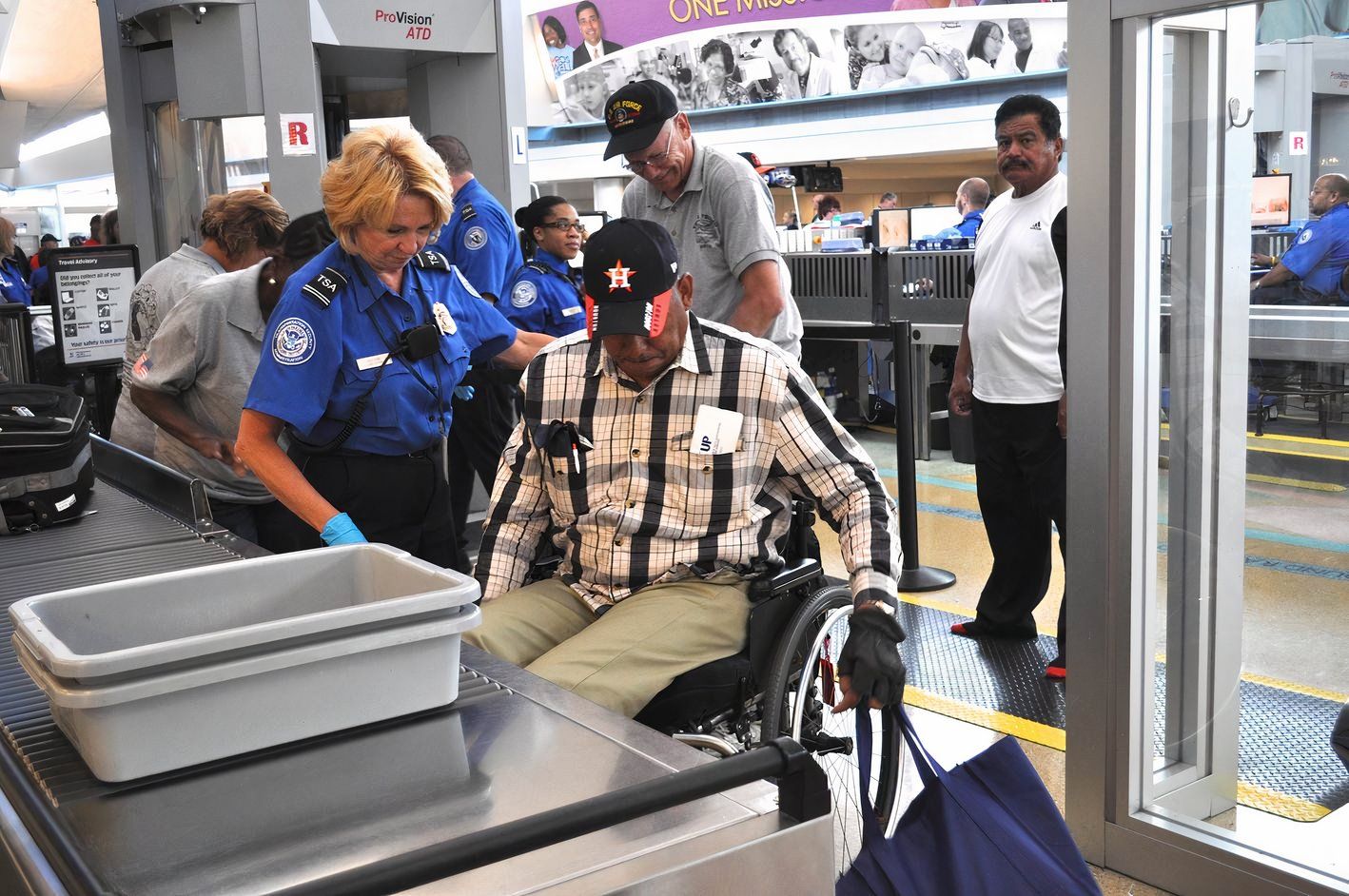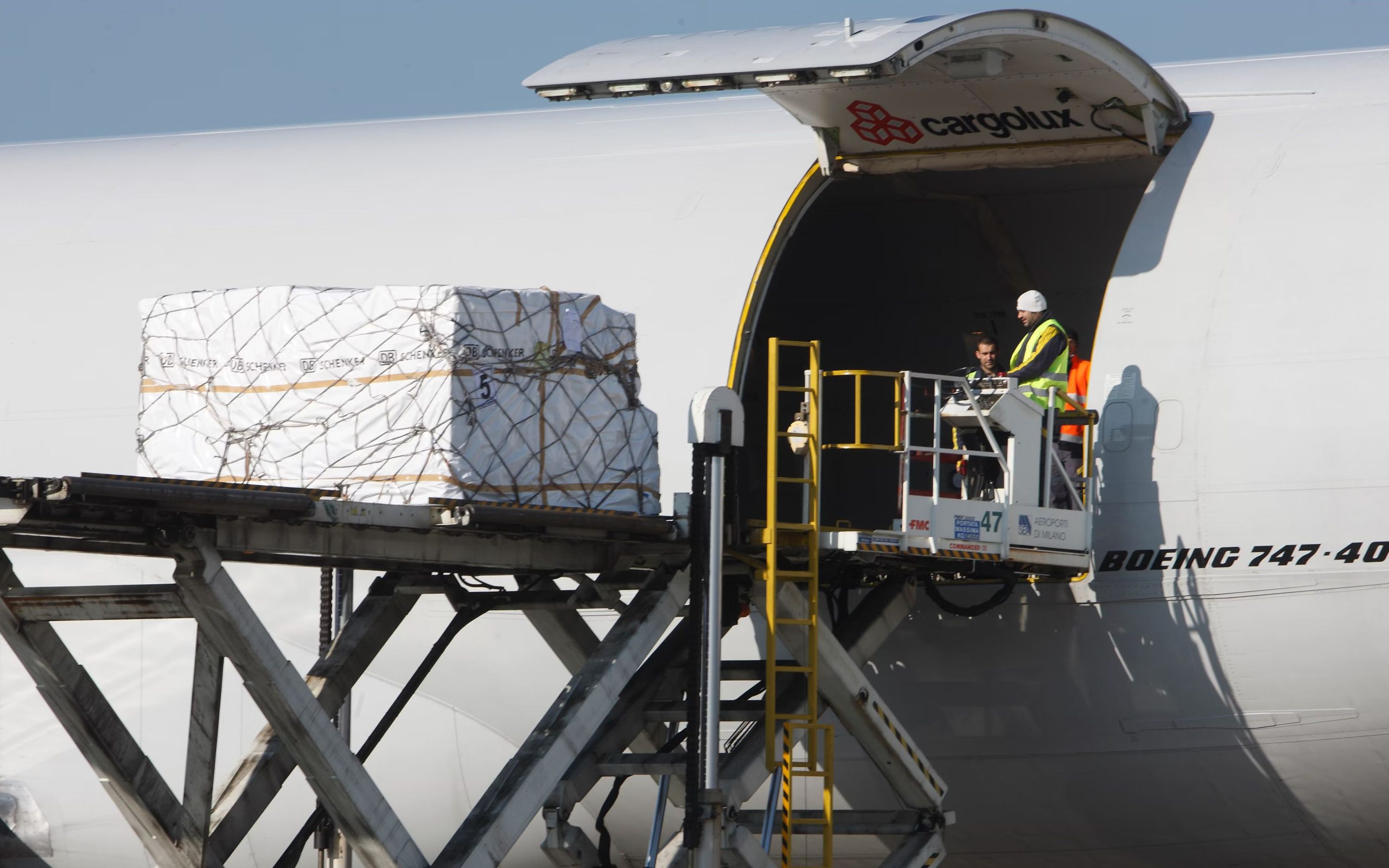Summary
- US airports offer airport assistance, ensuring seamless travel for those with disabilities.
- Carriers must provide seating accommodation options following the Air Carrier Access Act.
- Assistive devices, including wheelchairs and hearing aids, are allowed with proper regulations.
The Paralympic Games of 2024 have finally pushed the
Australian airports to adapt to opening mobility hubs
at strategic locations. The Melbourne Airport
program, in particular, has come up with an Airport Assist program, which is aimed at “people with both visible and non-visible disabilities, as well as those who don’t identify with having disabilities but may require additional assistance.”
The airports in the UK have taken some major strides with regard to accessibility. With better staff training and equipment, airports such as London Gatwick Airport
and Bristol Airport
are also expected to improve considerably.
But what are the ways in which US airports are adapting to cater to travelers with accessibility requirements? Let’s find out:
1
Assistance for movement in the airport
The airline cannot leave a passenger with a disability unattended
Airlines in the US provide support to people with disabilities in key areas of the airport. These include places where baggage is claimed, ticket
counters, etc. But in order to access the services, the person should notify the carrier that (s)he is in need ot such services.
Photo: Eva Air.
According to US DOT, the following are the places where assistance is provided to people with disability:
- “Assisting you from the terminal entrance (or vehicle drop-off point) to the gate location where your flight is departing, including the security checkpoint, and onto the aircraft to your seat; and
- Assisting you from your aircraft seat on an arriving flight through the airport to the gate location of your connecting flight (if you have a connection); and
- Assisting you from the gate location of your connecting flight to your seat on the aircraft; and
- Assisting you from your aircraft seat on an arriving flight through the airport to the baggage claim area, terminal entrance, or vehicle pick-up location.”
2
Seating Accommodations
Moving to greater legroom seats, among other types of seat
If a passenger with a disability requires a specific type of seat, then the Air Carrier Access Act (ACAA) posits that carriers have the following options:
- Movable Aisle Armrest: If you have trouble transferring over a fixed aisle armrest, then you can have a seat with a movable aisle armrest.
- Bulkhead Seat or Other Seat: If you are a traveler who requires a service animal that can be accommodated best at some other seat, you might be assigned a bulkhead seat or some other seat that serves you best.
- Greater Leg Room: If your disability, such as an immobilized/fused leg, requires you to be seated on an aisle seat or a bulkhead seat or one with a greater leg room, you can do that.
Photo: Ryanair
Futther, the ACAA aso mandates that people who have a disability can also get an adjoining seat. The adjoining seat would be for the person assisting the traveler with a disability with functions that a Cabin Crew
or an airline personnel cannot perform, such as:
- A personal care attendant or a safety attedant who assists you with eating or if you can’t evacuate on your own.
- A reader if you are blind or visually impaired
- An interpreter if you have hearing impairments
3
Provisions of assistive devices
From wheelchairs to hearing aids
An assitive device is a piece of equipment that assists passengers perform functions such as hearing, seeing, communicating, maneuvering etc. The US DOT defines an assistive device as “any piece of equipment that assists a passenger with a disability in coping with the effects of his or her disability”. Some equipment that qualify as assistive devices include:
- Braces/Prosthetics
- Crutches, Canes, and Walkers
- Continuous Positive Airway Pressure (CPAP) machines
- Hearing aids
- Portable Oxygen Concentrators (POCs)
- Prescription medications and any medical devices needed to administer those medications, such as syringes or auto-injectors
- Wheelchairs
Photo: British Airways
While you can bring your POC on board, you need to ensure that they meet the FAA regulations. While an assistive device doesn’t count as baggage, if the bag containing the assistive device contains personal items, the airline can charge Baggage Fees
, if applicable.
You can stow your assistive device in any of the following areas:
- Under the seat in front of you
- Overhead compartment
- In a designated stowage area as long as it complies to the FAA or foreign safety regulations.
4
Provision for an Emotional Support Animal
As many as two service animals for a single person with disability
An emotional support animal is defined as one that helps the person with a disability by performing tasks for the individual. San Francisco International Airport
, in particular,
already has a wag brigade
– a team of twenty-two animals comprising dogs, cats, rabbits, and a pig. The San Francisco Society for the Prevention of Cruelty to Animals (SPCA) manages the wag brigade with “the aim of making the passenger experience more pleasant and easing the stress of air travel”.
Photo: SFO
The US DOT has highlighted the following ways to help people traveling with Emotional Support Animals:
- “Prohibits airlines from requiring passengers with a disability who are traveling with a service animal to physically check-in at the airport instead of using the online check-in process.”
- Upto two service animals are allowed in the aircraft for a single person.
However, airlines can refuse emotional support animals on the aircraft if they start displaying aggressive behavior. The airlines can also require the animals to be “harnessed, leashed, or tethered at all times in the airport and on the aircraft”.
5
Addition of new training requirements in 2008
The US DOT mandated recurrent training for airline personnel
The United States Department of Transportation updated its entire Air Carrier Access Act (ACAA) regulation in 2008. In doing so, it added new training requirements so that problems such as limited availability of staff trained to assist passengers with disabilities are non-existent.
Photo: TSA
Since then, other initiatives have been taken, reports the US Government of Accountability:
“DOT is assessing some of these factors through the statutorily mandated ACAA Advisory Committee, formed in late 2019 to make recommendations to improve accessibility to air travel. The committee met in 2020, established three subcommittees, and plans to reconvene by summer 2021.”
Some of the rules in the ACAA regulations include:
- U.S. and foreign carriers are prohibited from discriminating against people with disabilities.
- Prohibition against refusing to transport a service animal solely based on breed.
- Airline personnel must assist passengers with a disability while boarding, deplaning and making connections.

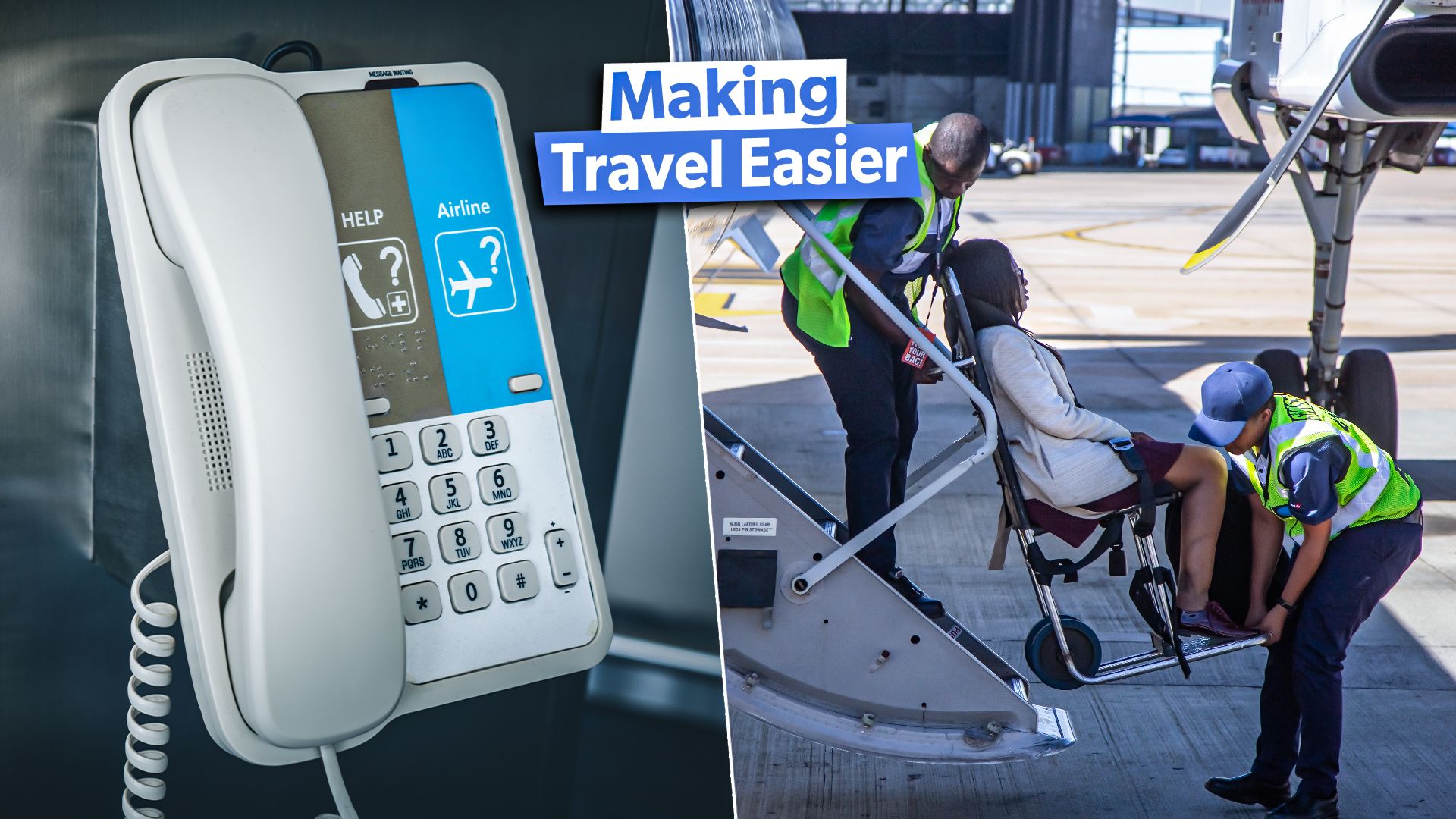
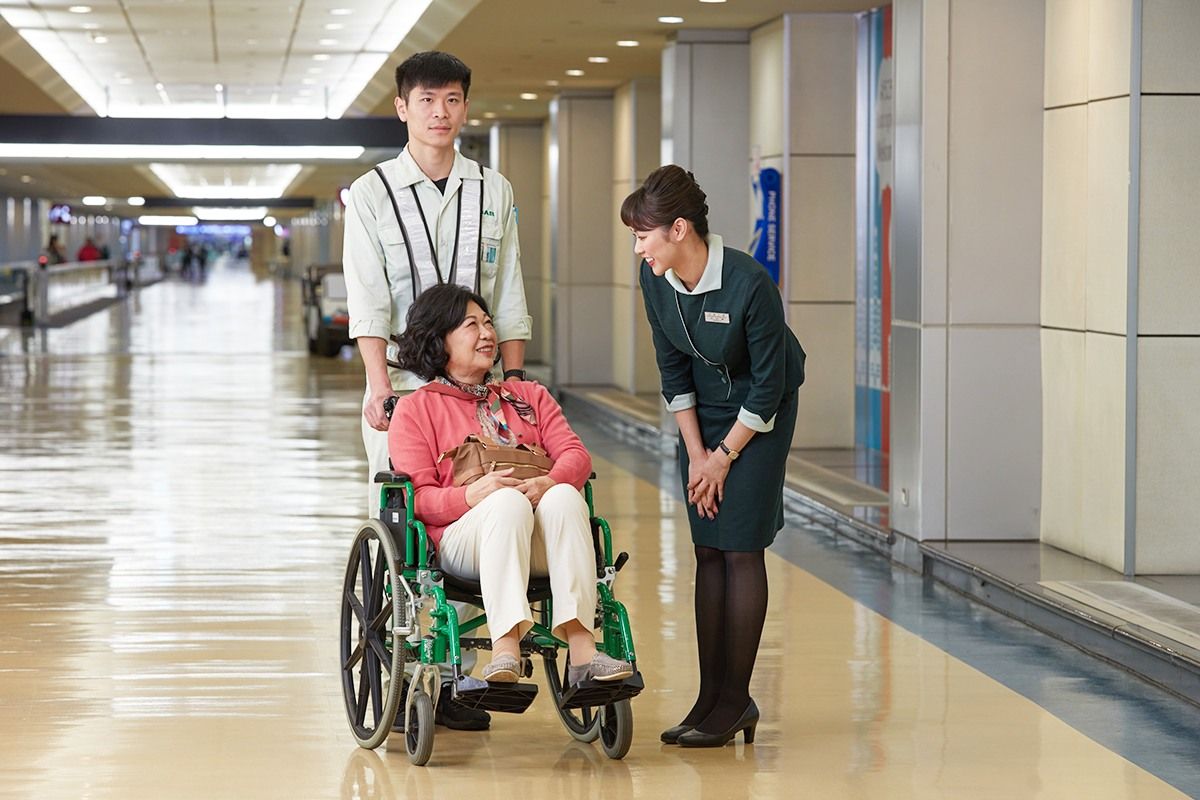
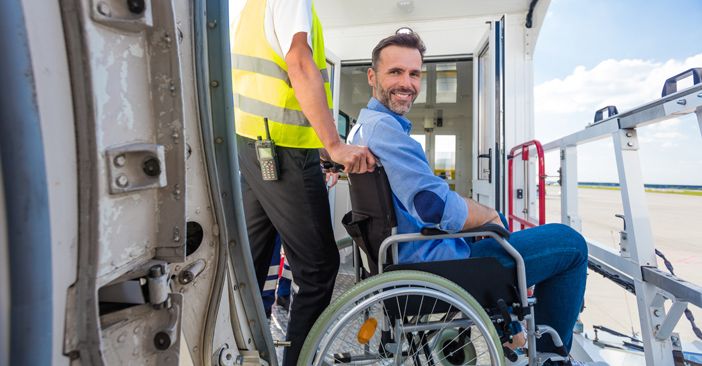
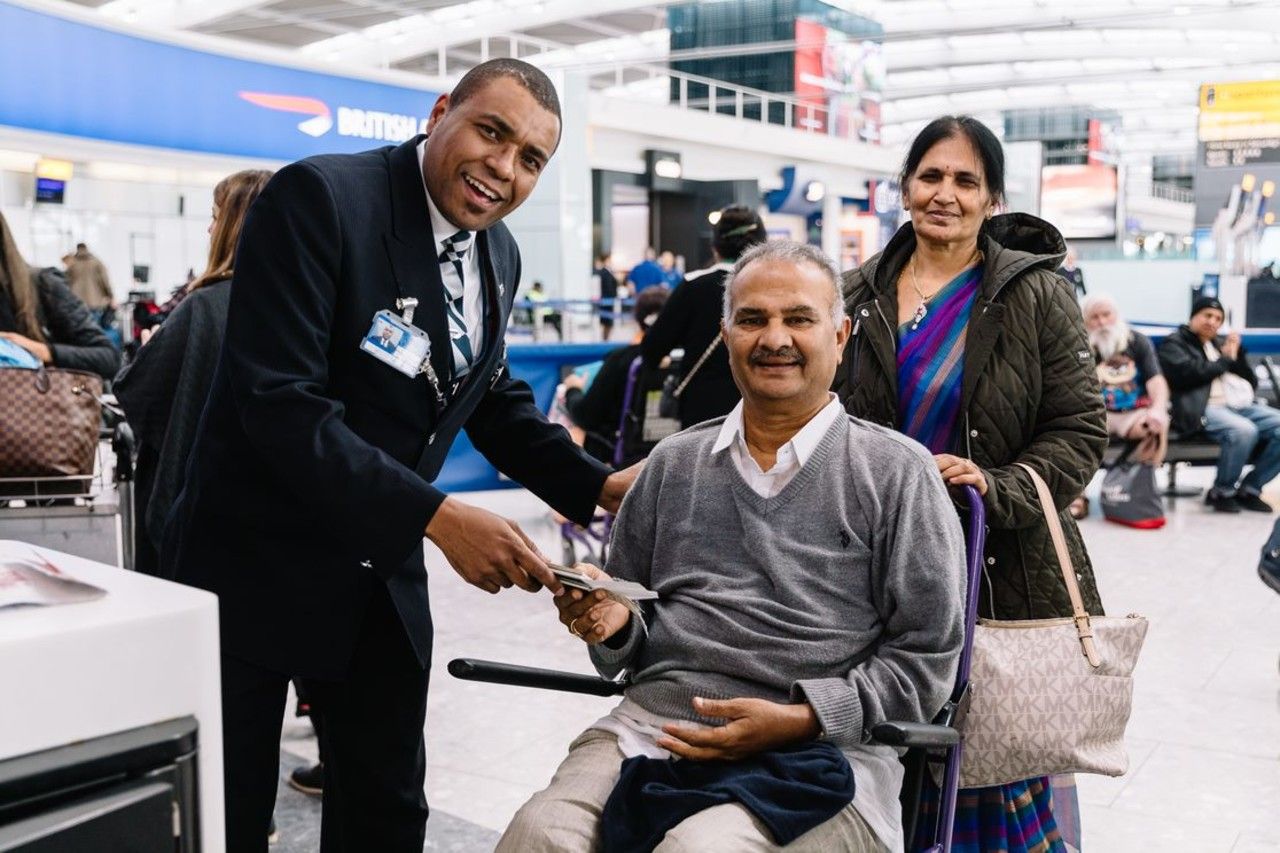
.webp)
